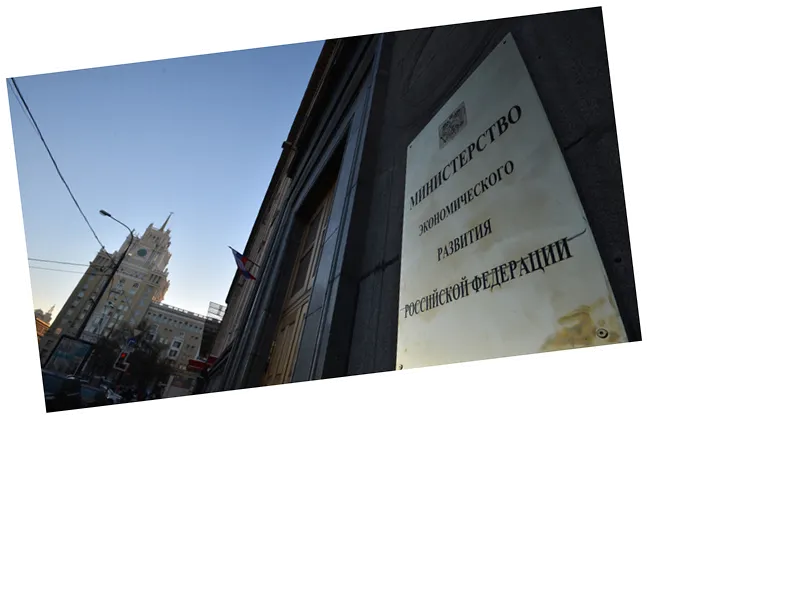The Russian Ministry of Economic Development has recently updated its macroeconomic forecast, projecting a more optimistic growth outlook for the coming years. The revised forecast indicates that Russia's gross domestic product (GDP) is expected to grow by 3.9% in 2024, a significant increase from the previously anticipated 2.8%. Growth estimates for the following years have also been adjusted upward, with expectations of 2.5% in 2025, 2.6% in 2026, and 2.8% in 2027. Despite the anticipated tightening of monetary policy by the Bank of Russia, the Ministry remains confident in sustained positive growth rates.
Inflation is projected to be 7.3% by the end of this year, with expectations of a decline to 4.5% in 2025 and potentially reaching the target level of 4% thereafter. Real incomes for Russians are also expected to rise, with an average increase of 7.1% in 2024, followed by 6.1% in 2025, and further gradual decreases in subsequent years. The unemployment rate is forecasted to stabilize around 2.6% throughout the period.
Retail turnover is anticipated to experience steady growth, with trade volumes expected to rise by 8.6% in 2024 and gradually decrease in subsequent years. Investment in the economy is also projected to increase, with a notable rise of 7.8% this year alone.
The Ministry's forecasts come amid a backdrop of extensive sanctions against Russia, with over 22,000 restrictions currently in place. Despite these challenges, the Russian economy has shown resilience, with a mere 1.2% decline in GDP during the sanctions period, which is less severe than previous economic crises. In fact, recent reports indicate that Russia's GDP has rebounded, growing by 4.4% in the first half of 2024 compared to the previous year.
President Vladimir Putin has expressed optimism about the economy's trajectory, emphasizing the importance of addressing inflation and the country's labor shortages. With unemployment at a record low of 2.4%, the government is focusing on enhancing labor productivity and investing in education and technological advancements to meet production needs. Experts suggest that while the economy is currently experiencing strong growth, a transition to a more balanced growth rate of 2.5-3% is likely in the coming years as structural adjustments and import substitution efforts continue.
- The Russian economy's resilience is particularly noteworthy given the extensive sanctions imposed since the onset of the conflict in Ukraine. Analysts had initially predicted a much steeper decline, but the actual performance has exceeded expectations. The Central Bank of Russia has also revised its growth forecasts significantly, indicating a consensus among economic institutions regarding the country's recovery. Challenges remain, including high inflation rates that have persisted above government targets and a labor market struggling with shortages. The government aims to tackle these issues through various initiatives, including enhancing workforce training and increasing birth rates to boost the labor supply. Sectoral performance varies, with industries like agriculture and services thriving, while others, such as metallurgy and construction, face difficulties. Experts predict that as the economy stabilizes, growth rates will normalize, leading to a more sustainable economic environment.






